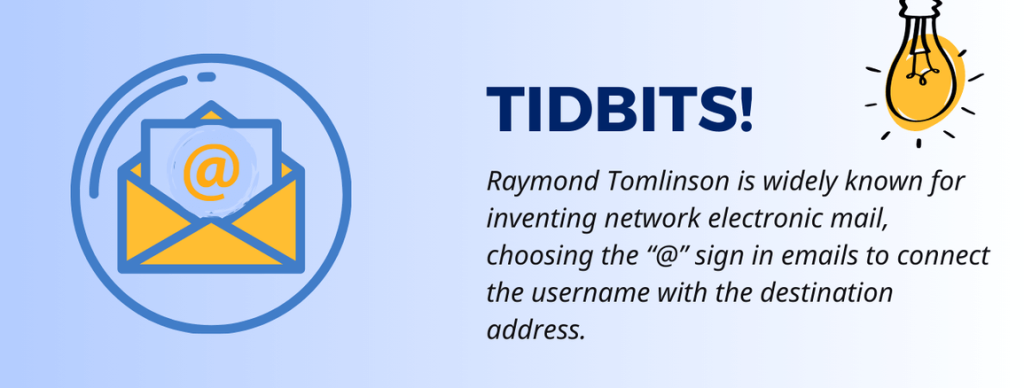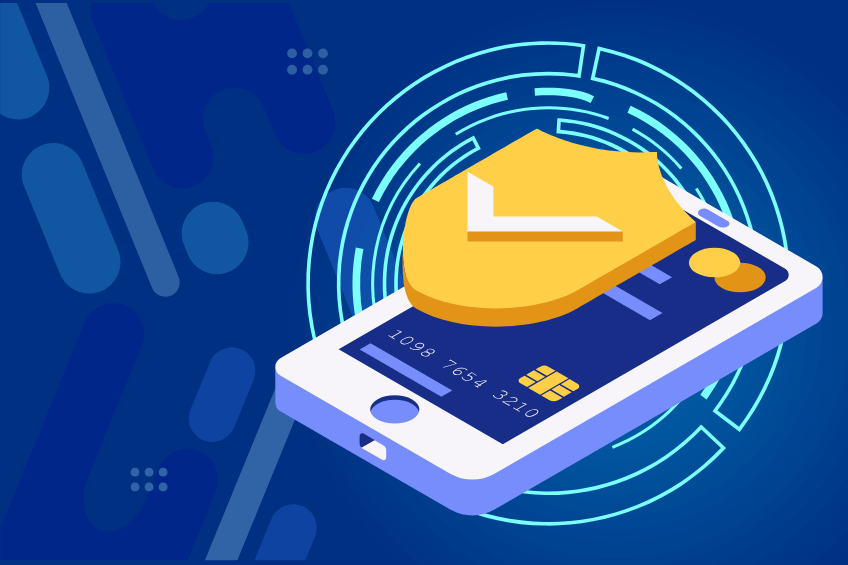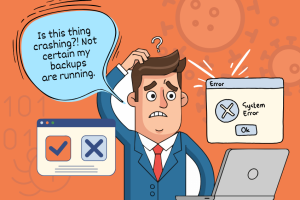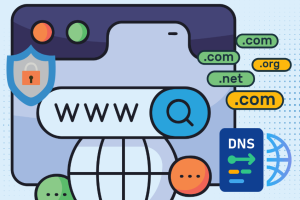Security Matters: A Smart Guide to Data Loss Prevention (DLP)
Data loss, ranging from errors, intentional theft to hacking can severely damage a business’ reputation and operations, posing a significant threat to sensitive business information, financial records, and intellectual property.
Understanding Data Loss Prevention
Data Loss Prevention (DLP) is a security system that identifies and monitors data usage to prevent unauthorized access or sharing of sensitive information. It safeguards financial data, customer records, and trade secrets, ensuring smooth business operations. DLP not only prevents hackers but also addresses human errors, such as incorrect data transmission.
Getting Started with DLP for Your Business
Data Loss Prevention isn’t limited to large companies with IT divisions. You can (and should) use fundamental DLP techniques even if you’re a small business owner with many responsibilities:
- Start processes such as frequent backups and integrated encryption tools.
- As your company expands, progressively strengthen your defenses.
- To customize a DLP approach for your unique requirements, think about speaking with a cybersecurity specialist.
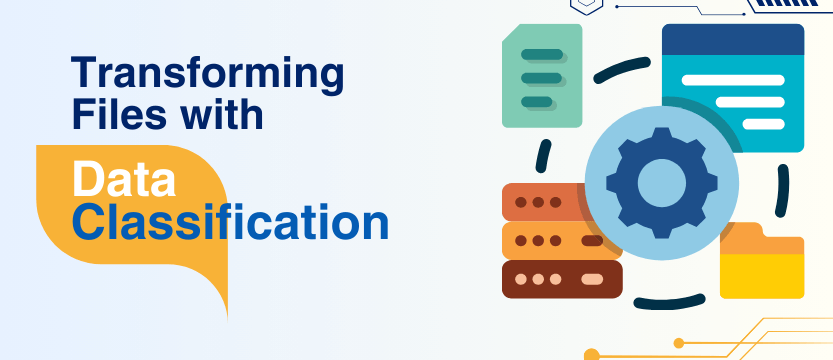
Many businesses struggle with disorganized files and sensitive data protection. Data Classification is a powerful and necessary system that can help manage and protect vital assets.
What is Data Classification?
Data classification helps manage files based on importance and sensitivity. This helps in identifying important information, access rights, and protection, transforming a chaotic file system. For example:
- Confidential Data: Customer details, proprietary information, and financial documents.
- Internal Use Only: Business reports and intra company communication.
- Public Data: Non confidential company information such as marketing content.
Bring Harmony For Your Business
Your business is built on data/information, but left disorganized and unprotected could attract hackers and pose risks. Data classification puts you in control by:
Protecting Your Data
Hackers and data breaches are becoming more common. Data Classification ensures the right level of protection for valuable data like customer details or financial records.
Saving Time
Data classification streamlines file organization, enabling easy access to client contracts and important reports, saving time and reducing frustration in finding necessary documents.
Ensuring Compliance
Maintaining compliance with regulations like GDPR, HIPAA, and PCI-DSS is crucial for businesses handling personal or financial data, preventing fines and reputational damage.
Dive deeper into understanding this methodology, why you need it, how it can protect your business and getting started.
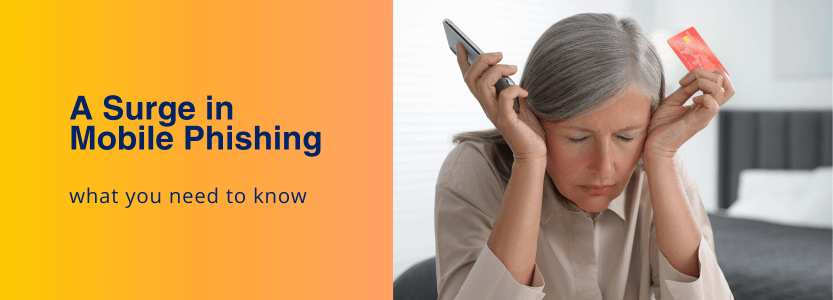
Mobile phishing attacks are increasing, targeting businesses disguised as innocent text messages, emails, or QR codes. These scams trick people into sharing sensitive information or clicking on malicious links, with billions of phishing emails sent daily indicating a growing sophistication and boldness of scammers.
What is Mobile Phishing?
Mobile phishing is a scam targeting users via their mobile devices, often involving deceptive messages or links to steal sensitive information like passwords or banking details.
The Business Risks of Mobile Phishing
Mobile phishing is a new threat that hits users through smartphones or tablets to trick them into sharing personal data. For companies, the impact can be devastating:
- Loss of Funds: Theft of money and significant fines are a likely result.
- Reputation Damage: Losing customer trust can harm your brand long-term.
- Emotional Stress: Workers might develop feelings of guilt or stress upon becoming targets.
If you’ve been phished or want to learn how to stay safe, check out this in-depth guide for actionable tips.
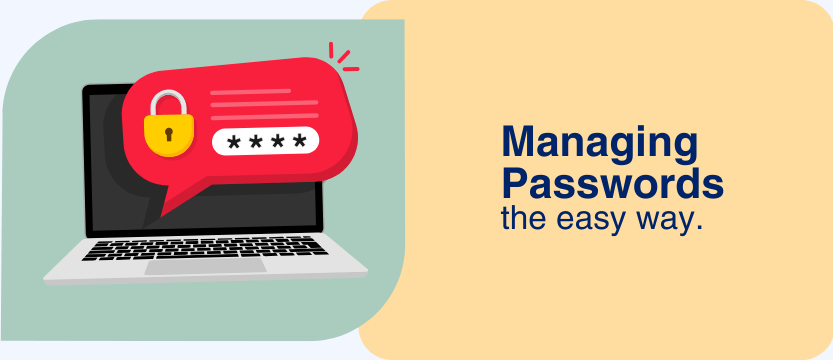
Are you having a tough time remembering all your passwords? Trust me, you’re definitely not the only one! In today’s fast-moving digital landscape, juggling multiple login details can feel overwhelming. But here’s the good news: managing your passwords doesn’t have to be a hassle. You can use a Password Manager to make your life easier while keeping your information secure.
Why Should You Use a Password Manager
- Keep all your passwords safe and sound in one convenient spot.
- Create strong, unique passwords for each of your accounts.
- Use auto-fill login details and save yourself some time and trouble.
- Sync your passwords across all your devices for easy access wherever you are
- Not relying on spreadsheets or unsecure documents to store sensitive passwords
By using a Password Manager, you can protect your accounts from cyber threats and say goodbye to the hassle of forgetting your passwords. It’s a clever and straightforward way to keep your online data safe!
Learn more about how password managers work and explore the best platforms to safeguard your data.
